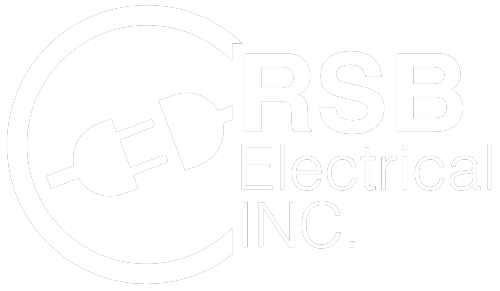Is This The Year Of The Ceiling Fan?
Sometimes seemingly minor changes in your home can make a huge difference in the cost effectiveness and comfort, and since APS recently raised their rates here in Phoenix, we're looking for every electrical edge possible. You honestly wouldn’t think to put something as simple as a ceiling fan in your home would make your home that much greener—after all you’re adding something that requires electricity. But adding a ceiling fan can affect the comfort and efficiency of your home in ways that might surprise you.
We're a fan of a fan!
The Details
Ceiling fans are only really effective in homes with an 8 foot or higher ceiling. In fact, ceiling height is in the electrical code. It’s at it’s most effective when the blades themselves are between 7 and 9 feet from the floor and about 12 inches from the ceiling.
Another thing to consider before you install your ceiling fan is the size of the room compared to the size of the fan. The closest to a standard you’re going to get with a ceiling fan is between 36 and 44 inches in diameter, which is adequate to move the air around in a room 225 square feet.
Keep in mind when you’re looking to purchase or upgrade your ceiling fan, that the bigger the fan blades, the more it cools, without having to reach the high velocities that the smaller fans. Make a note to be sure that your blades are at least at a 12-degree angle or more, otherwise, you’re just wasting energy.
Sweet retro!
Consider the noise when estimating the cost of your ceiling fan. The cheaper they are the more likely they are to have a loud and disruptive noise when they’re on, most new designs are made to minimize noise.
The air movement with the ceiling fan may not lower the overall temperature of the room as much as you’d probably like. But the way the cool air works, it’ll feel much more comfortable without having to turn your air conditioner up so much. The reality is when you’re in the room with a ceiling fan you can turn the air conditioner up to 5 degrees warmer without having any noticeable difference in comfort.
Sweet retro!
Fun fact, did you know that almost all ceiling fans can be run backward? You can set your ceiling fan to run clockwise. The clockwise function on your ceiling fan is to pull the cold air up from you in winter. The angle of the blades pulls the cold air up, and displacement pushes the warm air down to you where your heat needs to be.
Running your ceiling fan counter-clockwise during the summer pushes air down, keeping the cool breeze moving across your skin, the same way a cool breeze on a hot day can instantly refresh you. Running it clockwise during the winter pulls the air up, dragging the hot air through the room better, creating a more comfortable space. But just don’t waste money and energy by leaving them on when you’re not in the room. If you’re not in there, what’s the point of moving the air?
Finally, if you're putting a ceiling fan in a room for the first time ever, you'll need to go down and get a city permit. While some people think it's okay to skip this important step, failure to do so can result in a fine. Also, an inspector needs to check the work to make sure it's safe. If you'd like a new fan installed by a licensed, bonded, experienced professional with years of experience and safety tools, give us a call!


